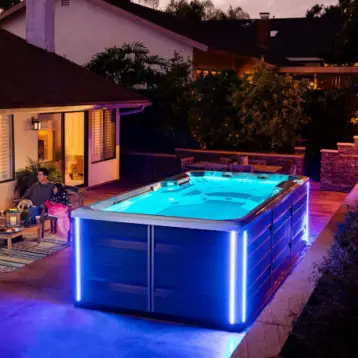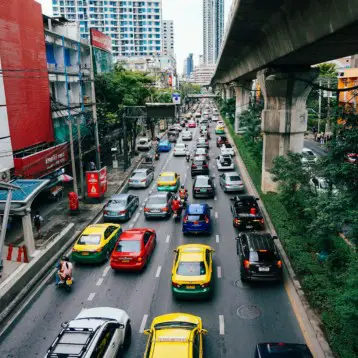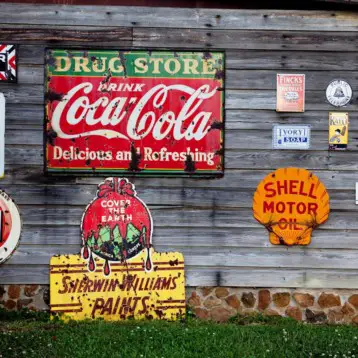Building regulations in the UK have long been moving towards favouring more airtight homes that are much better at retaining heat. Effective insulation minimises the rate at which heat is lost from a home, reducing energy bills and enabling homeowners to keep their homes and families warm for less.

The most common heat recovery systems currently available are mechanical ventilation with heat recovery systems, known as MVHR systems. New social housing in the UK tends to use MVHR as standard, and they are increasingly popular additions to refurbished properties as well.
How Does A Heat Recovery System Work?
MVHR systems consist of a ventilation system as well as a heating system. Accordingly, there are two stages to the work that the MVHR system does. First, the system will extract stale warm air from inside the property while sucking in fresh colder air from the outside. This cold outdoor air is then heated using the heat that is extracted from the internal air.
This process can work in both directions. This means that if the interior air is cooler than the exterior air, the interior can still remain at a more comfortable temperature.
What Are The Benefits Of MVHR Systems?
Not only do MVHR systems enable homeowners to reduce their heating bills and keep their homes warm for less, but there are several other advantages to having an MVHR system in your home.
For example, you will get a continuous supply of fresh air into your home. Because of this, heat recovery systems are very useful for people with asthma or others who are sensitive to allergens and pollen in the air. An MVHR system can significantly reduce the number of particles in the air.
Maintaining steady ventilation and heating throughout the day will also help to extend the lifespan of building fabrics, as well as reducing the rates at which mould, fungus, and dust mites are able to take hold.
The Future Of Heat Recovery Systems
Heat recovery systems are becoming increasingly common in new builds in the UK, thanks to guidance issued by the Ministry of Housing, Communities and Local Government. The MHCLG has said that in order for new builds to meet the Future Homes standard they have set, home designers need to formulate their approaches so that they can deliver low-carbon and highly energy-efficient homes. It isn’t just new homes that are benefiting, though, heat recovery companies like this can install a heat recovery system in an existing dwelling.
One way that the MHCLG suggests that this can be achieved is with improved fabric standards. However, while improved fabrics definitely have a role to play in improving insulation and increasing energy-efficiency, they will not be enough to meet targets on their own. This is why they are being combined with heat recovery systems and heat pumps. With new homes in the UK required to minimize their carbon dioxide emissions and operate with more energy efficiency than their predecessors, heat recovery systems are more important than ever. MVHR systems are the most common form of heat recovery system on the market today but others are beginning to emerge. For example, wastewater recovery systems can extract heat from wastewater and use it t










